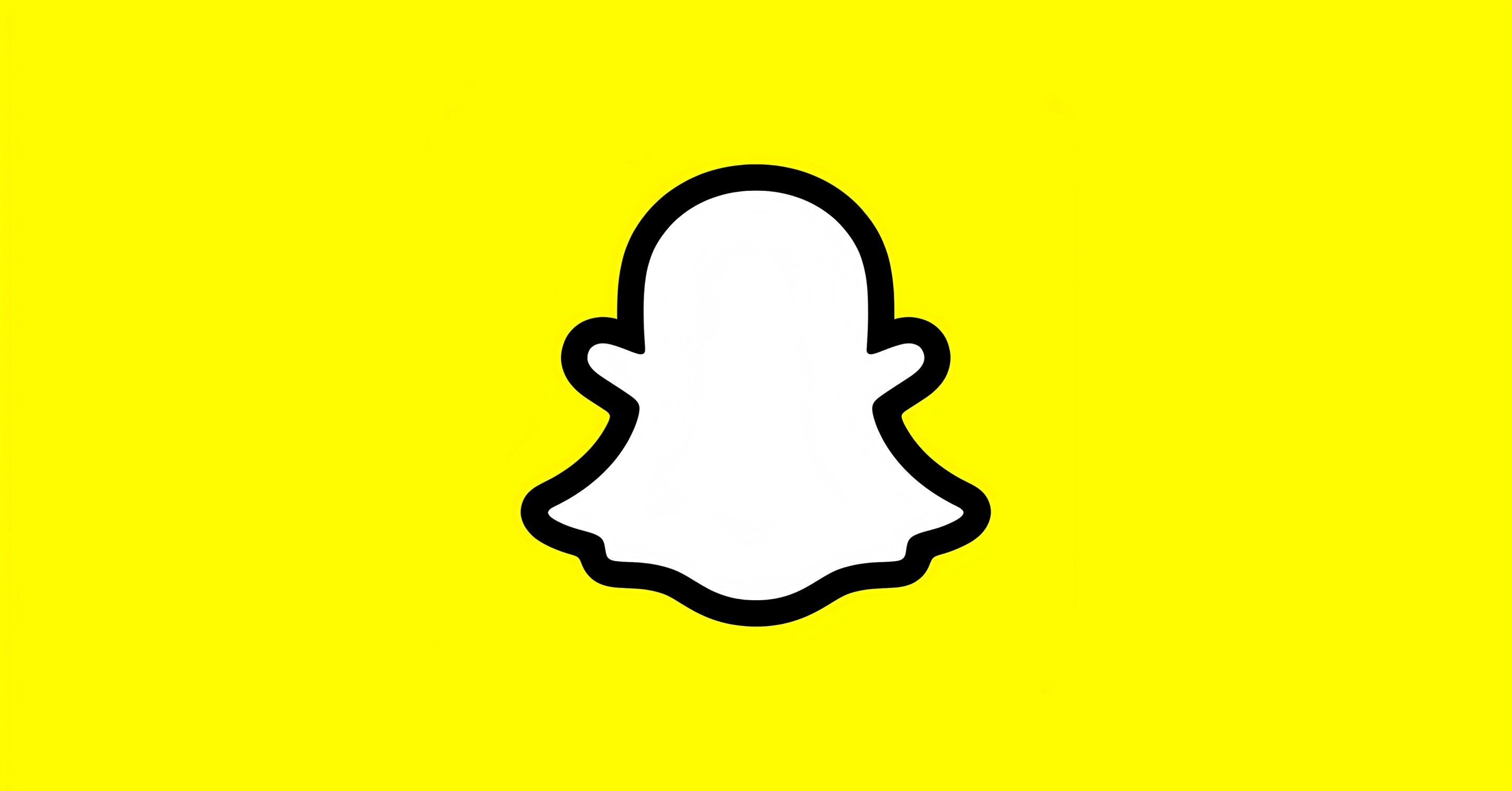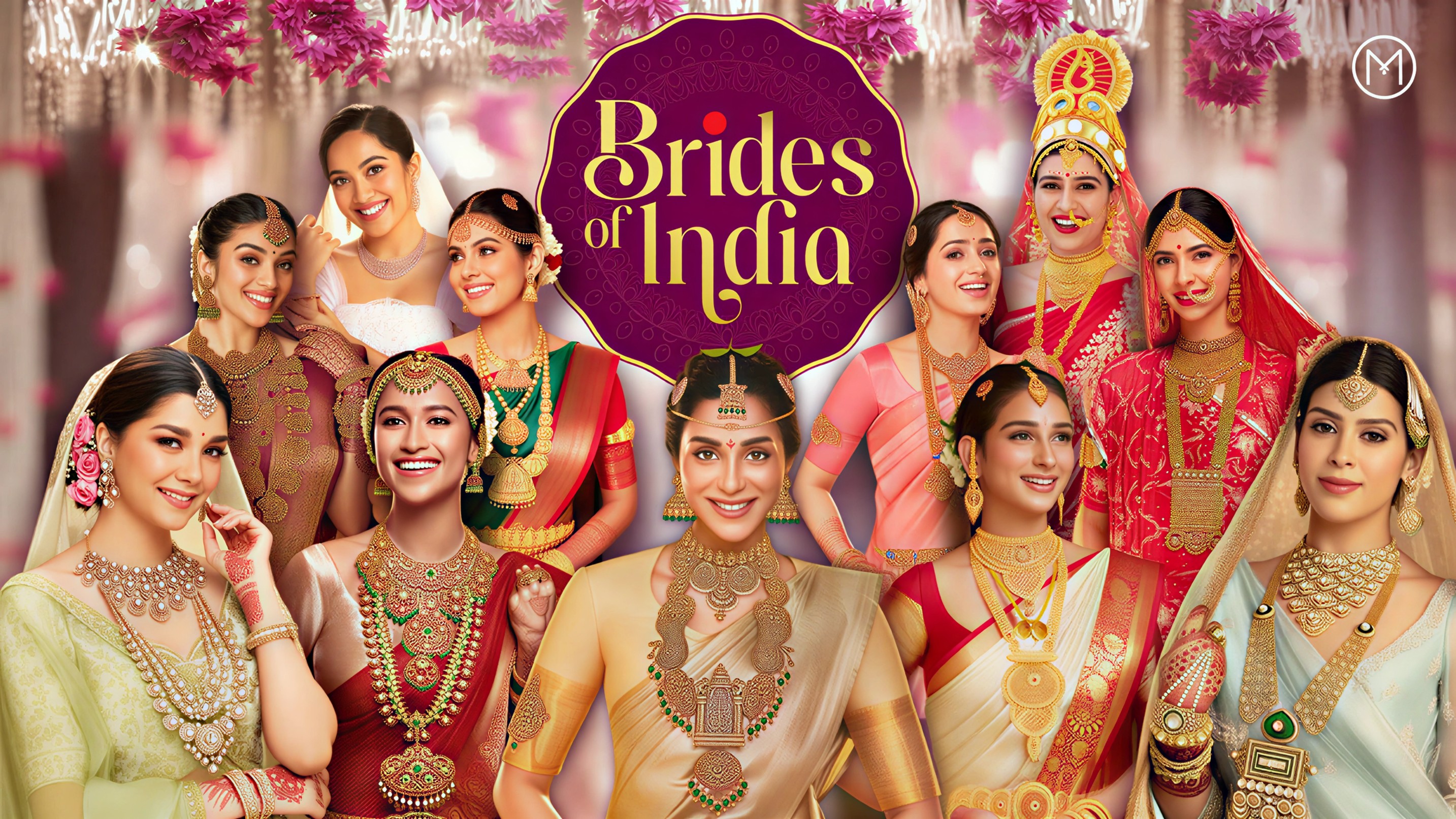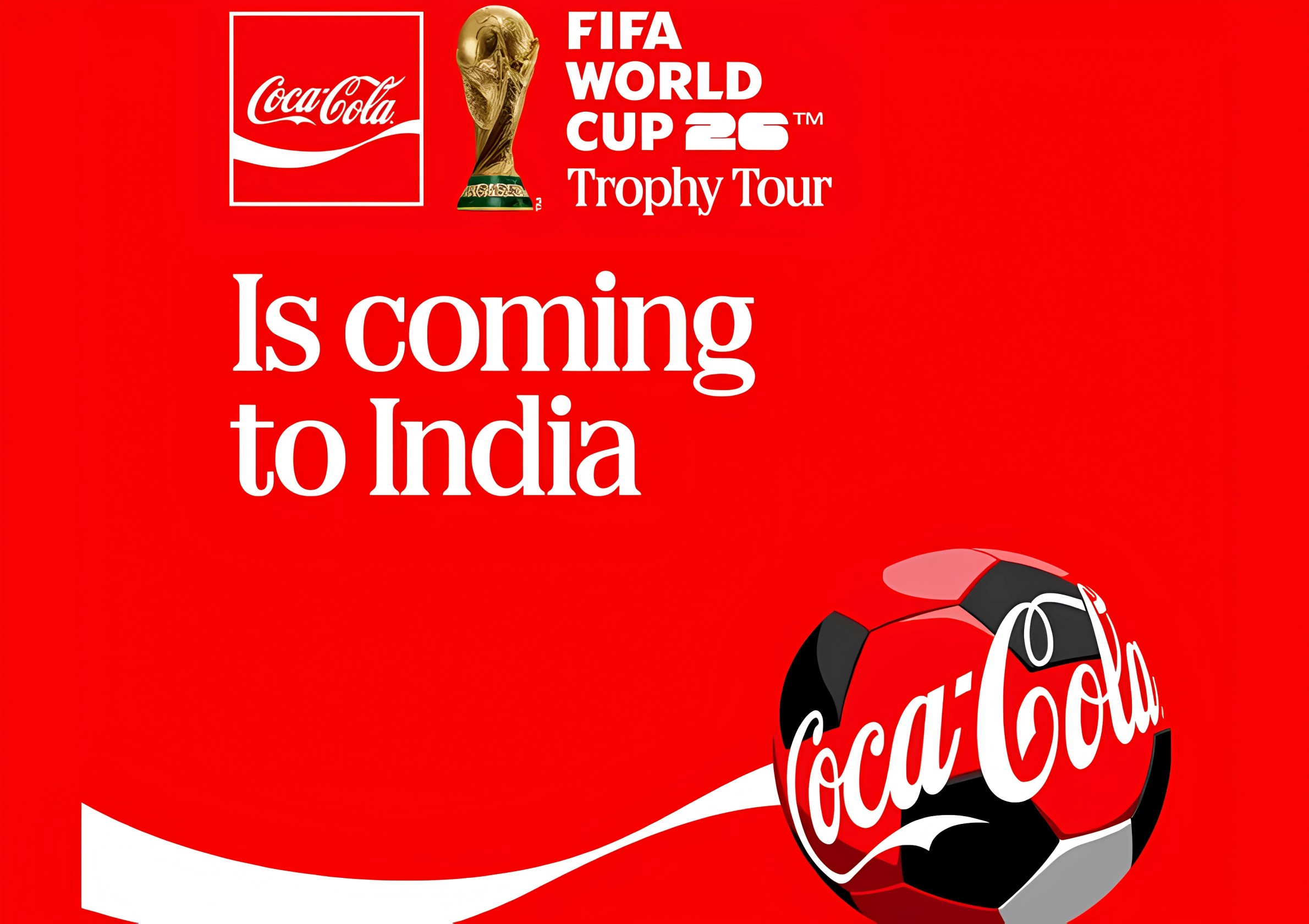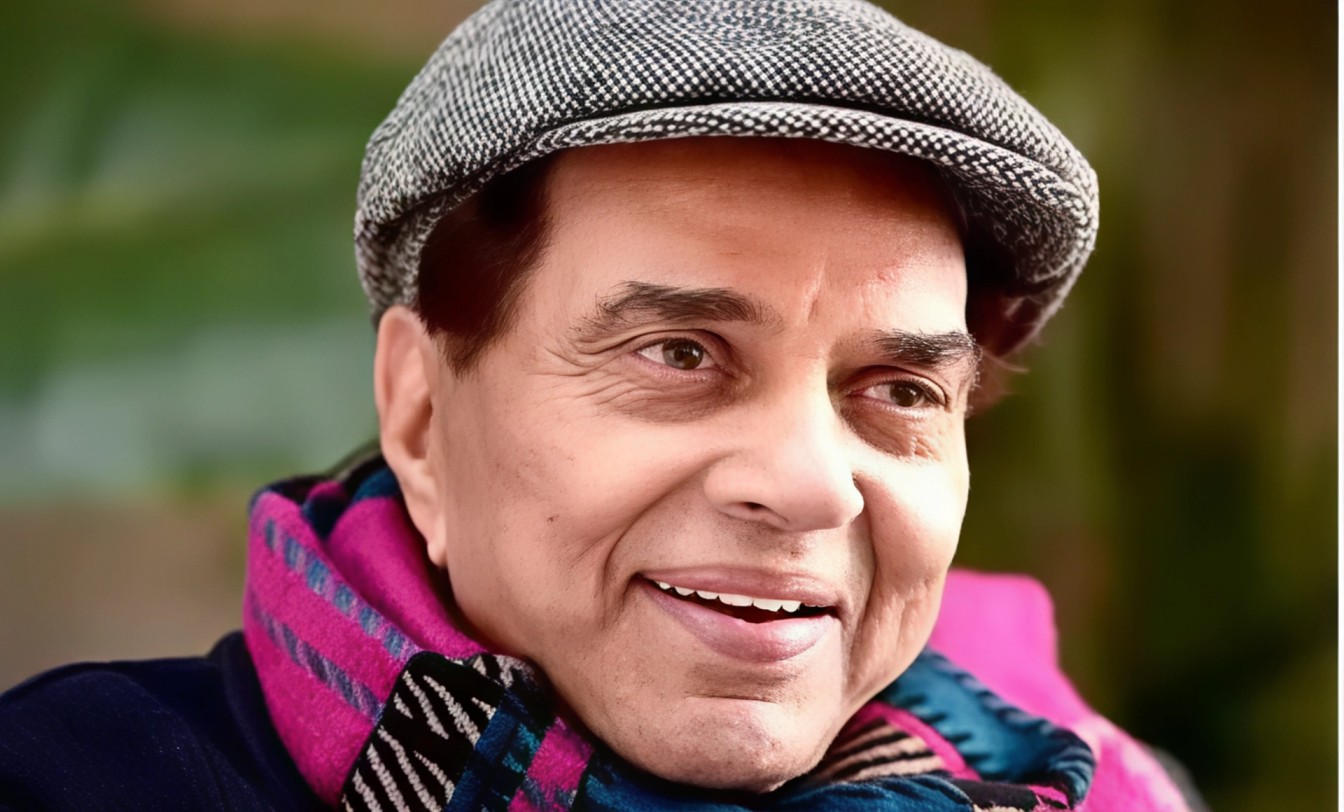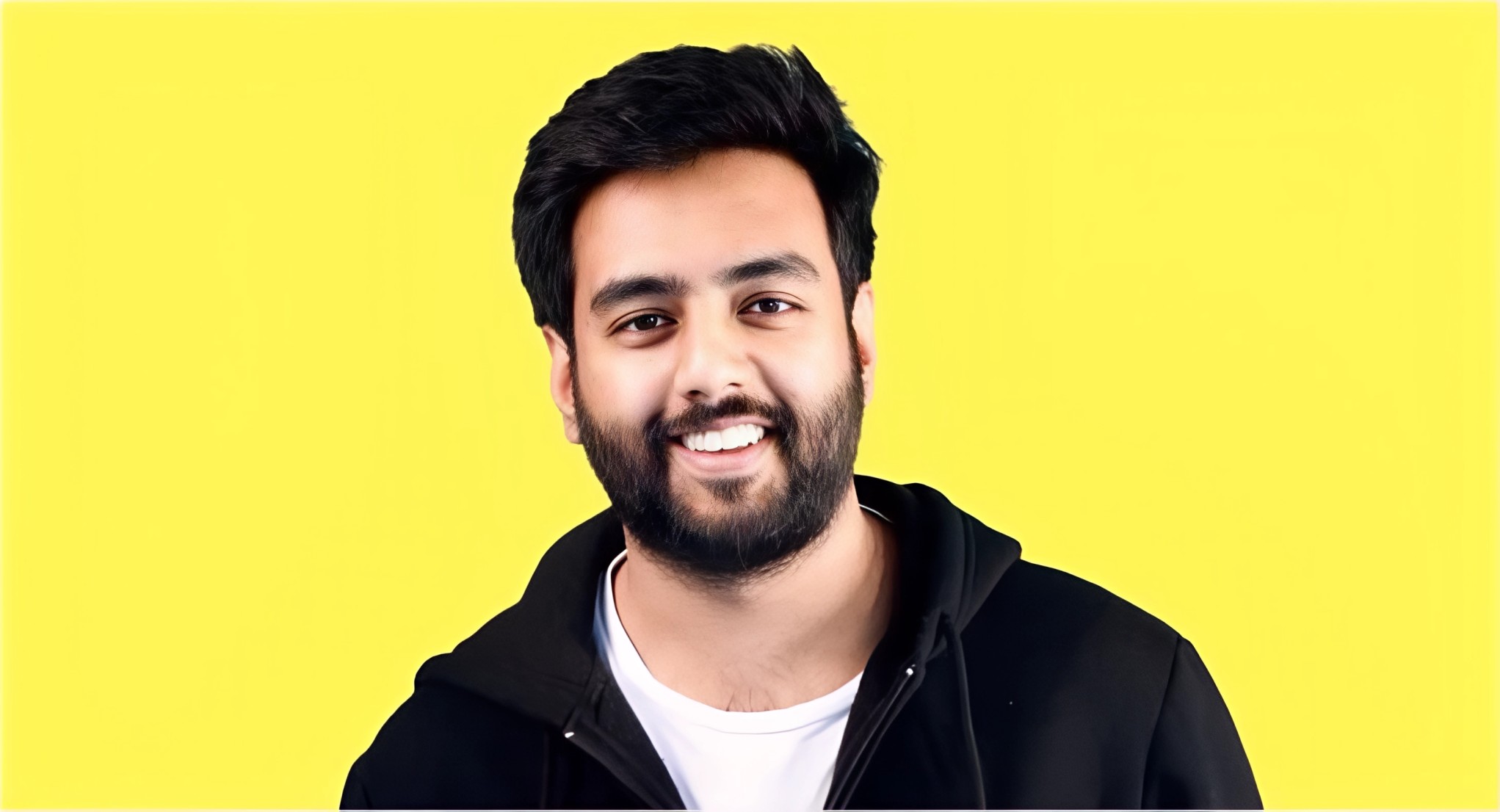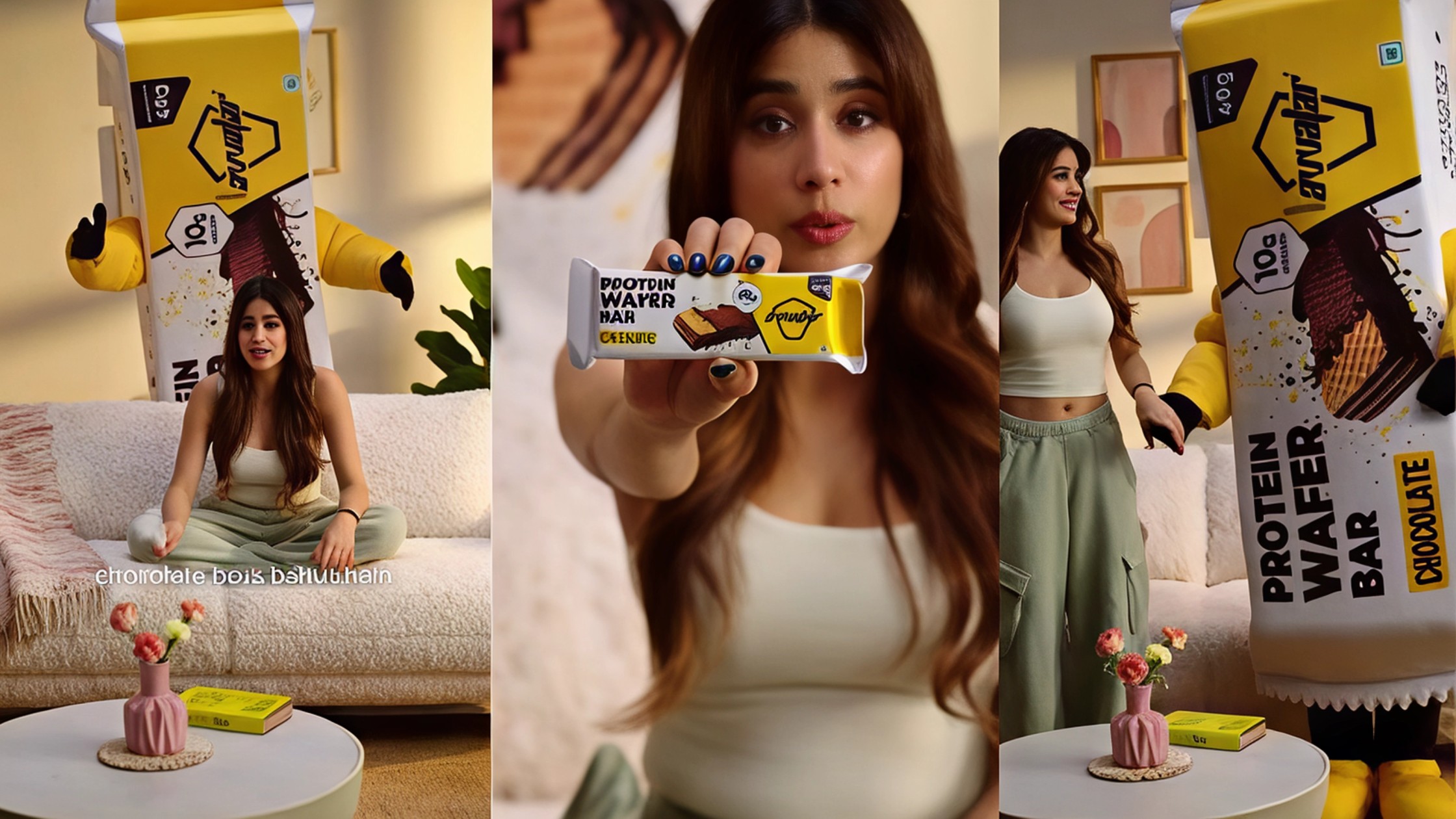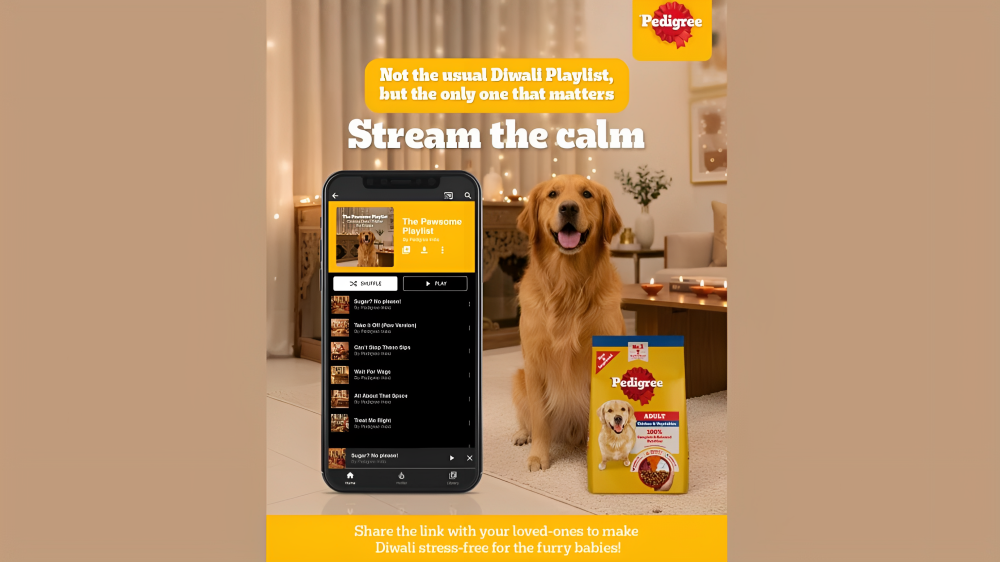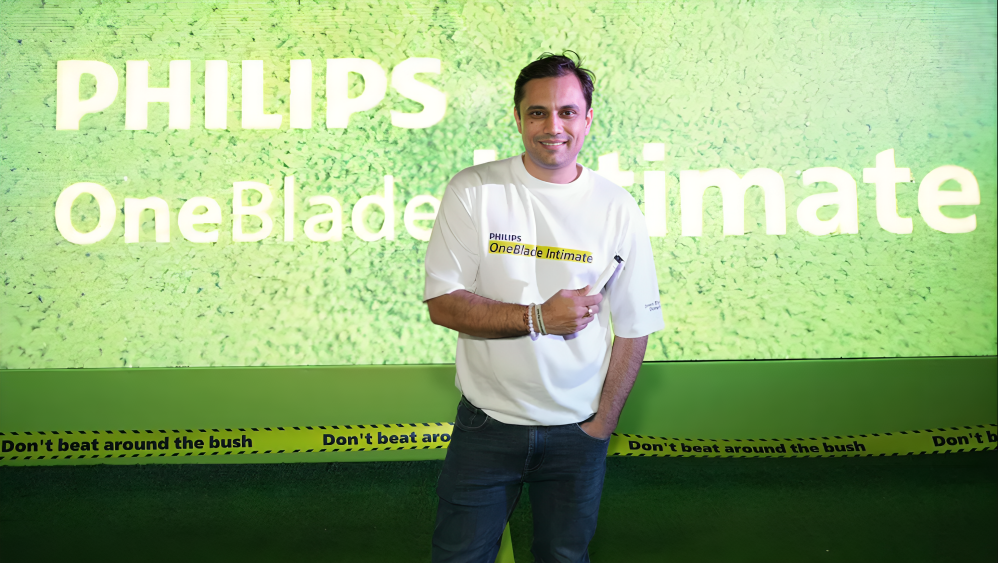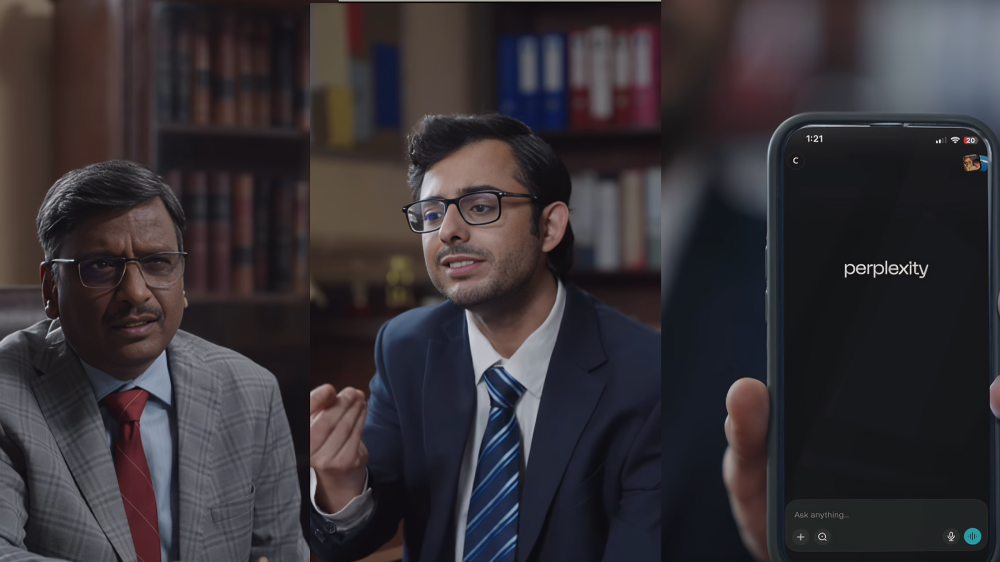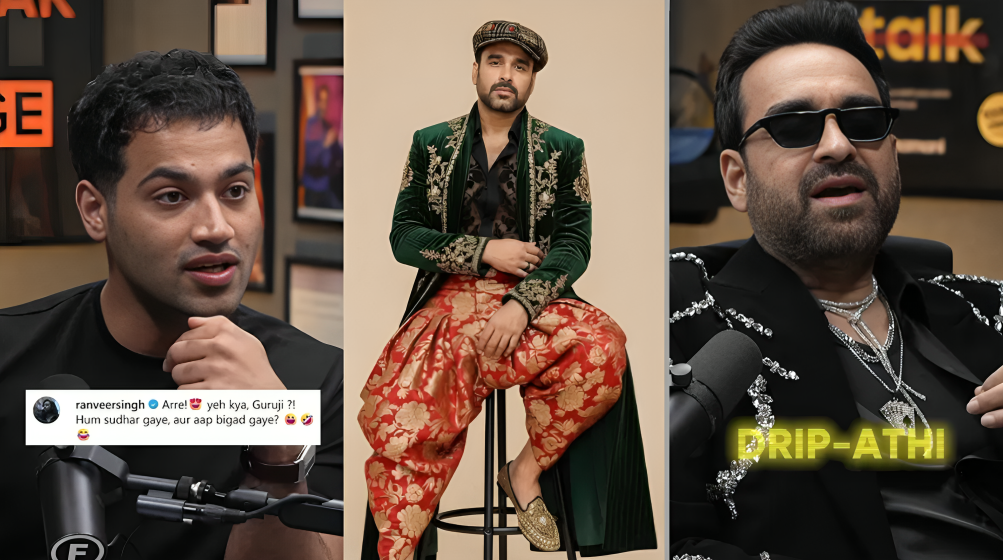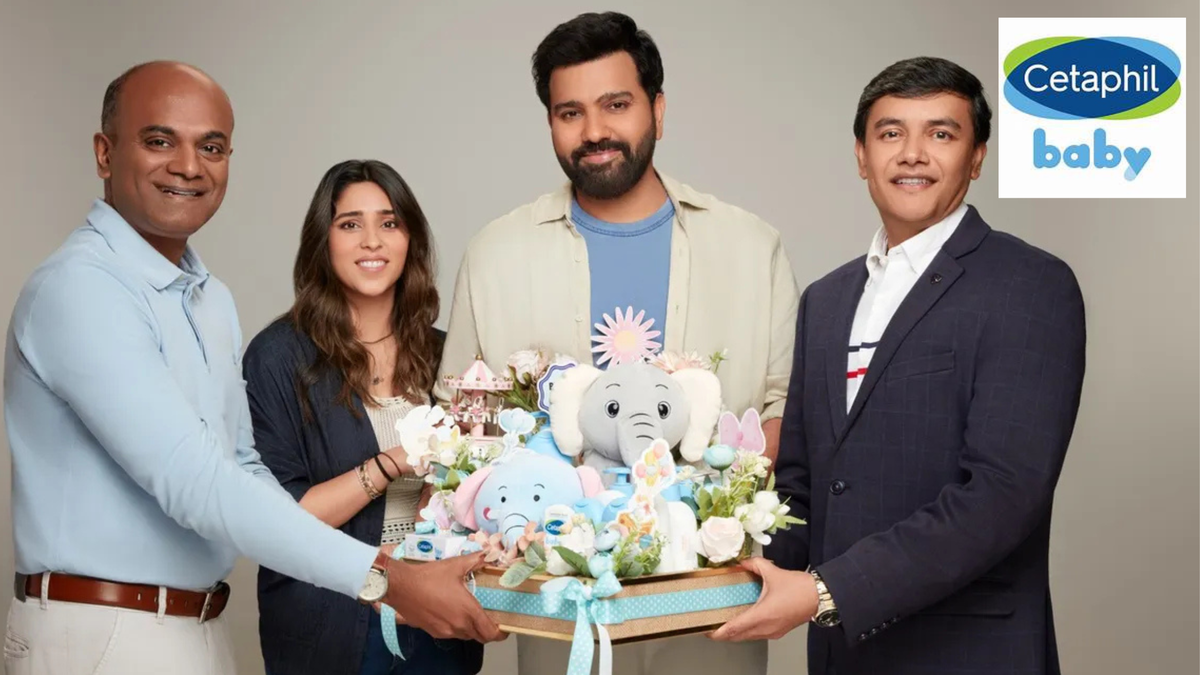Political parties are the original campaigning giants. From the beginning of 2024, parties aggressively began their political campaigns with commercials, billboards, advertisements and reaching out to their targeted voters.
What did stand out amidst all the tried and tested methods, was leveraging a set of young voters, who are new to the election ecosystem. As per data published by Hindustan Times, 18.2 million youngsters are voting for the first time in the general elections.
Targeting Young Voters via Influencer Marketing
Political parties, thus changed their methods of reaching the young voter base. And what better way to do this than reaching these voters, where they spend the most time, aka social media? As per a study, Gen Z spends an average of 4 hours on social media platforms. These young voters are opinionated and follow their own rules. So instead of changing the players, political parties decided to play the game.
Reaching out to Gen Z Voters
Cut to Prime Minister, Narendra Modi interacting with gaming influencers. India’s gaming ecosystem is enlarging, with about 568 million active gamers as of 2024. The PM also hosted the country’s first Influencer awards, where all the famous YouTube celebrities like Ranveer Allahbadia, Jaya Kishori and Curly Tales founder, Kamya Jani were present.
ADVERTISEMENT
It's significant to note that Allahbadia runs one of the top podcasts in the country, The Ranveer Show, which has featured prominent names like Nikhil Gadkary, Smriti Irani and S Jaishankar.
Suffice it to say, that this political campaigning season’s real stars are influencers, who share both their platform and audience to shape the political agendas. By collaborating with the country's top politicians, they not only garner viewers from across all age groups but also establish a connection beyond just Tier 1 cities. Political leaders are the original celebrities, after all, so this partnership is mutually assured success.
Is Influencer Marketing the New Political Playground?
As the assembly polls were announced, the Congress, JDS, and BJP dropped about INR 2.6 crore on Facebook and Instagram ads, as per Meta's ad library report. And when it came to Google ads between January and May 2023, BJP took the lead, splurging INR 7.1 crore on 3,949 ads, while Congress spent INR 4.7 crore on just 41 ads, according to Google's transparency report.
Then, in June 2023, the Congress government in Rajasthan started paying influencers to boost government ads on their pages. They offered anywhere from INR 10,000 to a whopping INR 500,000 per month, depending on their follower count.
ADVERTISEMENT
Now, imagine the Government of India plastering front-page ads in newspapers, backing certain social media influencers. It makes you wonder what's made them shift their focus and what to think about when it comes to influencer marketing, right?
Not to mention PM himself boasts 88.3 million followers on Instagram and is one of the most followed leaders across the globe. His presence on an influencer’s channel lends credibility. Recently, at the Creator Awards hosted in March 2024, at Bharat Mandapam, PM took a jab at Ranveer Allahbadia, saying that if he promotes ‘Yoga’, people would refer to him as the party’s mouthpiece.
How Authentic is ‘Influence’ in Politics?
There is a thin line between authenticity and agenda. The only caveat the parties need to follow is to know the difference between promotion and preaching. Interviews with authentic influencers, who don’t try to push the party's agenda and critique the party's policies along with offering alternate views do help spark discussions among the voters.
Media stalwarts would say that a debate with influencers from the opposition side, like Dhruv Rathee,would also give the ruling government’s critics some food for thought.
ADVERTISEMENT
However, how a political campaign steers itself based on the influencers it chooses to align with, is solely a matter of personal choice.
For the rest of us, there is only discretion to choose who to vote for, despite the aggressive political machinery behind every influencer interaction.



